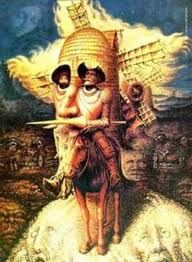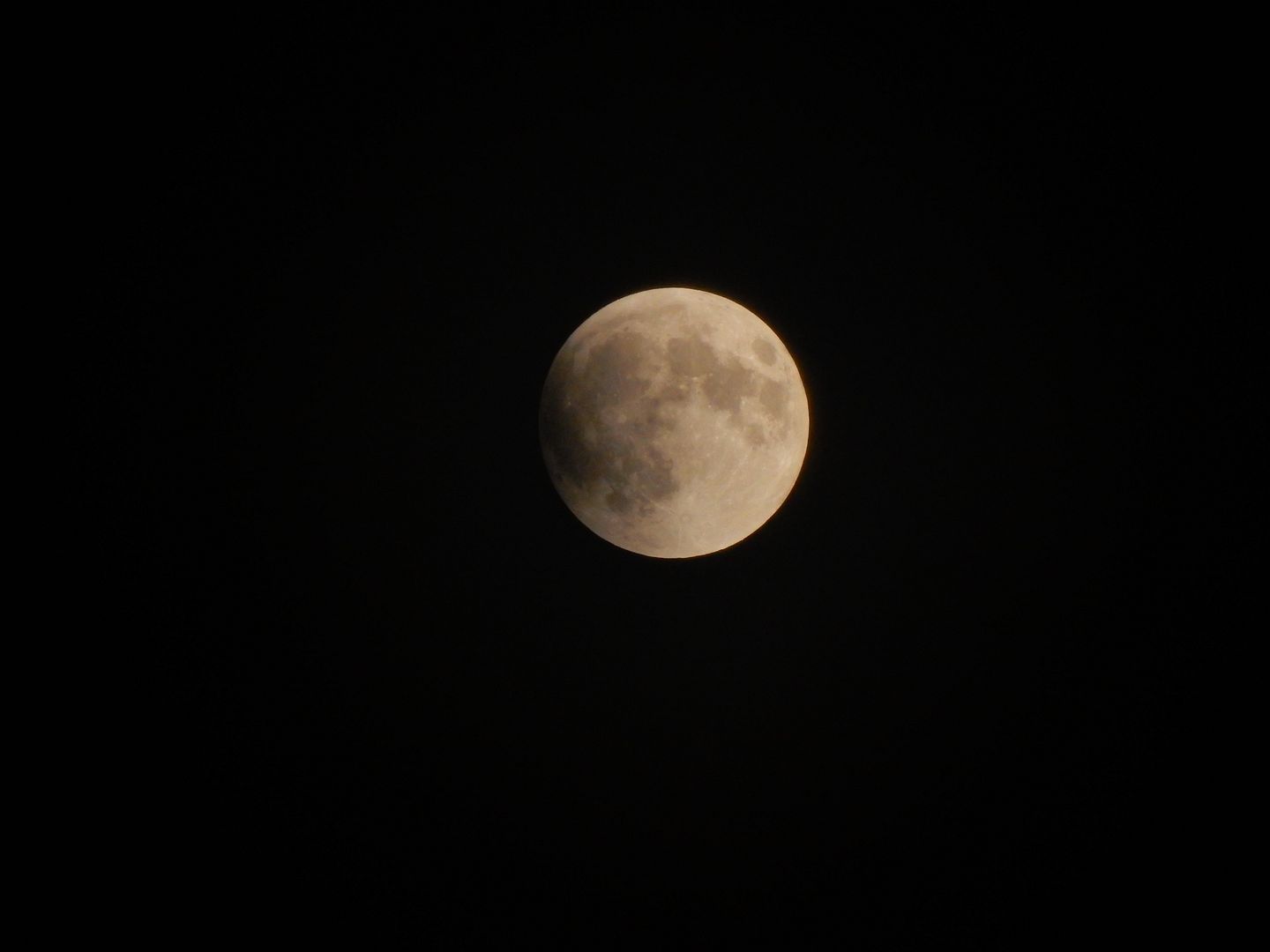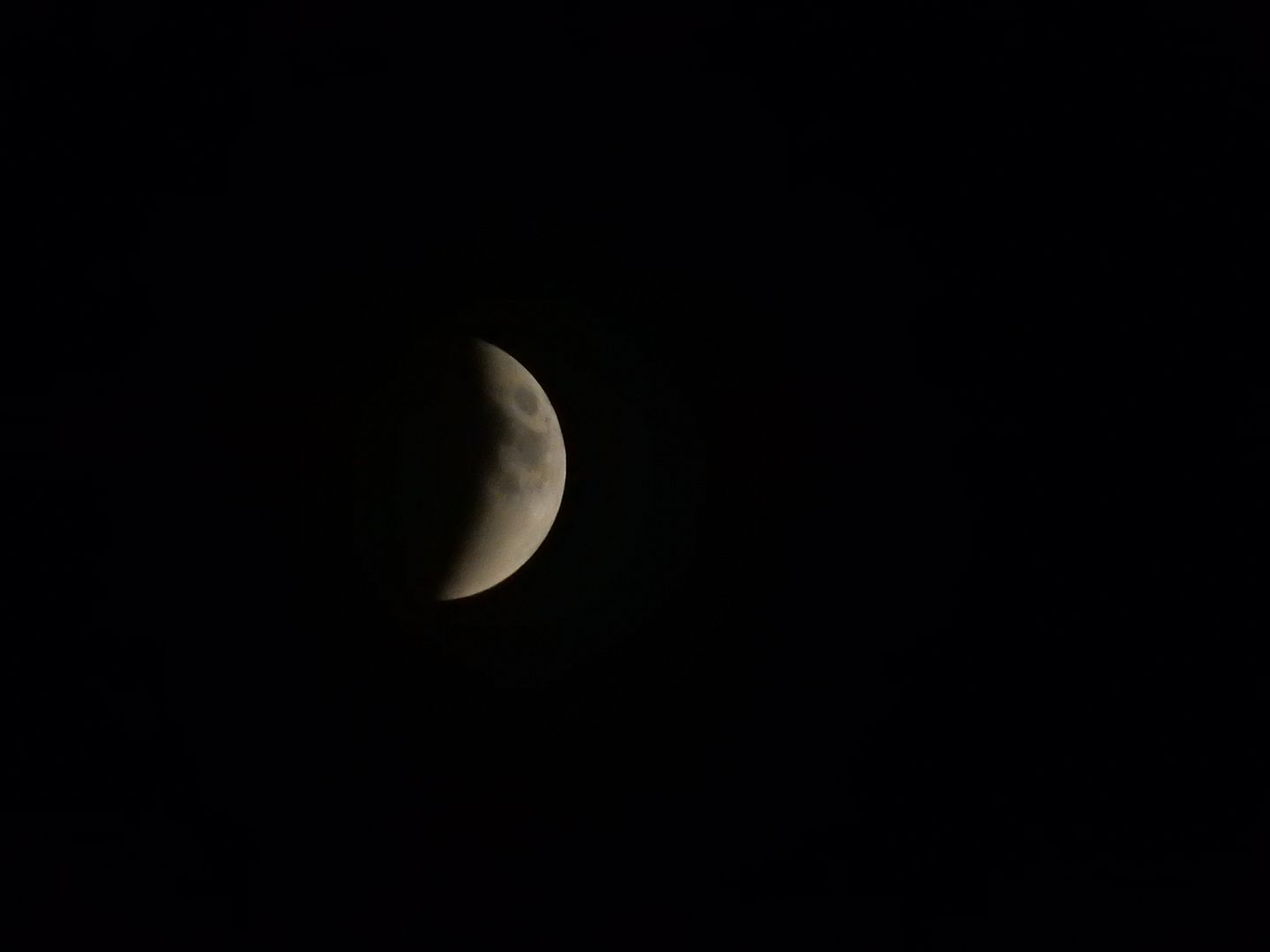The New Kid
Overture, curtains, lights,
This is it, the night of nights
No more rehearsing and nursing a part
We know every part by heart
Overture, curtains, lights
This is it, you’ll hit the heights
And oh what heights we’ll hit
On with the show this is it
Tonight what heights we’ll hit
On with the show this is it
I’m prepared to give Trevor the benefit of the doubt, I really am. I don’t expect the old Daily Show and I very clearly remember how flawed it was. Firebreathing liberal my ass.
The New York Times sent a reporter to the final rehersal show last Thursday-
This new “Daily Show” will be a substantially different program, based simply on the man now sitting in its anchor’s chair.
And yet, to gauge from this taping and the preparations that preceded it, “The Daily Show” has hardly changed at all. It features a new set, subtracting the familiar globe that hung over Mr. Stewart’s head while adding an elegant, expansive desk.
There is still an opening act in which Mr. Noah lampoons the events of the day (in Thursday’s case, Pope Francis’ visit to the United States); in-studio and field segments featuring “Daily Show” correspondents; and interviews with cultural and political figures, like the test evening’s guest, the CNN host Fareed Zakaria.
Even the familiar opening theme, composed by the rock musician Bob Mould, is sticking around for the time being.
But the program’s success or failure rests largely on the comedic chops of a performer who, despite his international reputation, is still learning how to fine-tune his act for an American audience.
As Mr. Noah explained at Thursday’s show, his goal is to optimize his jokes so that “no matter where you are, they cross borders, like Syrian refugees – and then get them accepted in more places than Syrian refugees.”
…
Mr. Noah was more assertive in a later, smaller meeting with his executive producers as they reviewed scripts for the test program.
He wanted to reshape a segment in which he and the correspondent Jordan Klepper discussed the pope’s travels in America, to emphasize that this news was overshadowing the also momentous visit to the United States by President Xi Jinping of China.
“We’re commenting on the fact that everyone is only covering the pope,” Mr. Noah explained. “Everyone’s going mad over the pope. What I found interesting is the fact that the Chinese president is there, and no one’s talking about it.”
Steve Bodow, a longtime executive producer for “The Daily Show,” agreed with Mr. Noah’s point. “The pope is the Donald Trump of international relations,” he joked.
…
(H)e scored a few laughs in what could have been an airless interview with Mr. Zakaria, who has appeared on “The Daily Show” 19 times.
“Yes or no,” Mr. Noah asked, “do you think Bernie Sanders stands a chance?”
Mr. Zakaria started to give a verbose reply when Mr. Noah cheekily interrupted him. “It was a one-word answer,” he said to laughter.
There will be noticable changes not all of which are going to make people happy-
(W)hen it comes to lampooning the media, it’s likely that we’ll see Noah move away from the cable news cycle that Stewart so loved to target. At a recent TCA panel, Noah explained that, while “The Daily Show” was in part a response to the “emerging 24 hour news cycle,” the media landscape is very different now.
“Half of it is online now,” he explained. “Now you’ve got the Gawkers, the BuzzFeeds. The way people are drawing their news is soundbites and headlines and click-bait links has changed everything. The biggest challenge is going to be an exciting one I’m sure is how are we going to bring all of that together looking at it from a bigger lens as opposed to just going after one source-which was historically Fox News.”
…
Not only will online media outlets serve as fodder, but they will also be intrinsic to the show’s growth. Recently we learned that Noah had hired a separate online team, headed by comic Baratunde Thurston, to lead production of original online content that will run in tandem with the show. And as late night shows increasingly compete for clicks and YouTube views as much as they do for Nielsen ratings, and given Noah’s remarks about wanting to pivot more to focus on online media, its safe to say that Noah’s “Daily Show” will be a much more digital-friendly, multi-platform experience than its predecessor.
…
If Noah’s stand-up routines are any indication, we can expect race to be one of the primary lenses he looks through in order to help make sense of the world around him.
“America is the one place in the world where I just innately understood what was happening because South Africa and the United States of America have a very similar history,” Noah told journalists on Friday, when asked about coming to terms with racial politics in the U.S. “It’s different timelines, but the directions we’ve taken and the consequences – dealing with the aftermath of what we consider to be democracy, and realizing that freedom is just the beginning of the conversation, that’s something I’ve learned. I’m not now trying to understand what segregation or institutionalized racism is.”
…
At Friday’s press preview, Noah repeatedly made reference to his outsider’s point of view, suggesting that his fresh perspective on U.S. politics and culture would be contrasted with the writing staff’s more seasoned views.
“For the writers, they’ve got a history with all of these people,” Noah explained of watching the Republican debates with his staff. “I’m watching the debate and someone says something about something one of the politicians did 10, 15 years ago, and they’re like ‘that’s like the time that happened.’ And I’m the person going ‘why is that funny? Who is that person? What is important about that?'”
Some people think it’s a good thing–
Trevor Noah is under a lot of pressure. On Monday night, the 31-year-old South African comedian takes over the Daily Show from one of the most beloved late night show hosts of the last decade, Jon Stewart. It’s a tough act to follow.
Unlike Stephen Colbert, who was encouraged to bring a fresh sensibility to the tired Late Show when he took over from David Letterman earlier this month, Noah will have to walk the very difficult line of figuring out what bits of the Daily Show to leave unaltered – so that he doesn’t alienate its very loyal audience – and what to change.
…
Yes there is a solid foundation at the Daily Show, but Noah shouldn’t stick too closely to Stewart’s script. If he’s going to make the show his own, he needs to experiment. One thing we already know he’s going to do differently is make music a bigger part of the show (although apparently the theme song is staying the same). But he should also introduce new segments, new sketches and probably consider cutting the Moment of Zen because it’s so quintessentially Stewart.
…
No matter how good Noah is, there are going to be some fans who abandon the show now that Stewart is no longer shepherding it. But that shouldn’t be a hindrance to his success. Noah should see it as an opportunity to attract a new range of viewers – ones that might have found Stewart’s forthright comedy alienating – and bring them in.
That was from The Guardian, which I’ll note squealed like a pig on Corbyn just like the rest of Fleet Street. “Ones that might have found Stewart’s forthright comedy alienating”?! Oh, you mean Republican corporatist bigots? Get me some of that ignorant, racist, authoritarian, Dominionist demographic so highly prized by multi-nationals and your local assault weapon emporium.
Yet I don’t think I am ready to give up on Trevor before we see what he does.
While there is much reason to hope that Noah will bring a fresh perspective, it would be a mistake to miss the very real ways that Noah’s leadership is likely to significantly change the show. Even though Comedy Central has pushed a few promos that suggest the show will be the same, but different, it’s more likely to be mostly different and a little the same.
Noah himself has been one of the first to point out that Stewart and he come from vastly different perspectives. He’s reminded interviewers that he is a 31-year-old half-black, half-white South African man who arrived in the United States in 2011 and Stewart is a 52-year-old Jewish man who grew up in New Jersey: “The way we look at the same story will be completely different,” he said. “We have different access to different jokes, different sides, different sensitivities … the most important thing is the place that you come from.”
…
Stewart and Noah are not the same sort of comedians. Stewart’s brand was self-deprecating, while Noah’s posture is cocky. Stewart’s main angle was satire of media and politics; Noah has a history of mocking fat chicks and African Americans. While Noah has since distanced himself from that sort of humor, and while he may well mature in terms of his comedy, it’s important to consider the fact that he comes into this job with virtually no history of political humor.
…
Stewart constantly targeted Fox News, a staple of “The Daily Show” that Noah has specifically said will now be absent. Noah points to the shifting news media landscape that includes Gawker and Buzzfeed as new territory he will now mine. But let’s face it, Gawker and Buzzfeed are not the source of our nation’s problems the way that Fox News is.
Fox News commands a massive and loyal following that laps up their endless lies and misrepresentations. They are a major player in creating the Republican extremism that depends on a politics of fear, hate, and delusion. In fact, Gawker and Buzzfeed could be considered helpful correctives to Fox News, so it is hard to see what sort of productive comedic angle Noah will pursue by covering them. If Noah had said he planned to target Breitbart, The Blaze, NewsBusters or any of the other on-line Fox News-friendly media sources, then we might have been encouraged that he was opening the field but staying true to the concept. But clearly that’s not the case.
When Stewart wasn’t targeting the disinformation machine that is Fox News, he was going after politicians. Noah, in contrast, has made a joke of his confusion over the U.S. political process. When he interviews Chris Christie later this week, we will get our first real glimpse of how he plans to address U.S. politics, but thus far his jokes have mostly been confined to his not understanding the U.S. system.
…
He still has “The Best F#@king News Team Ever.” While there will be three new additions to the team, many familiar faces will still be there, including Jordan Klepper, Hasan Minhaj, Jessica Williams, Lewis Black, John Hodgman, Al Madrigal, Aasif Mandvi and Kristen Schaal. The team is likely to give Noah a lot of support in his new post-and the fact that they have appeared in a number of the promos suggests that Comedy Central is trying to reassure fans by reinforcing that fact.
…
A global, millennial angle on political satire would be a welcome move for a show that redefined the intersections between politics and entertainment. It’s worth remembering that Stewart himself started out slow, as he moved “The Daily Show” away from the frivolous comedy that was common under host Craig Kilborn. All signs suggest, though, that Noah may well be more like a combination of Kilborn and Fallon since we have yet to see him offer us comedy that is even a distant cousin to Stewart’s satire. We can remain hopeful that he will indeed adapt into his new role and that we have not lost all of the political punch of Stewart’s legacy. But as Noah has said, “Just the mere fact that I’m gonna be there in the chair changes a whole bunch of the show, you know?” Tonight’s debut will give us a glimpse into just how much.
It’s taken Larry about 6 months to work out the kinks. I’ll try to give Trevor at least that long unless he’s really, really bad.
Tonight’s guest is Kevin Hart. The rest of the week looks like this-
The New Continuity
Tonightly the panel is Deray McKesson, Rory Albanese, and Mike Yard.
The dancing man
Peter Dreier, Salon
In his first three weeks as “Late Night” host, Colbert has had more serious guests (and more serious conversation) than Jimmy Fallon has had in the 19 months he’s hosted NBC’s “The Tonight Show” and the 12 years that Jimmy Kimmel has had his ABC nightly talk show.
But, in Colbert’s case, “serious” doesn’t mean dull. When he moved from Comedy Central, he didn’t leave his provocative political bite behind. Rather than play a character who parodies bombastic right-wing buffoon Bill O’Reilly (his previous incarnation), Colbert is now himself – a thoughtful, well-informed, religious, nice and clearly progressive individual with a sharp sense of humor. He can be sarcastic without being snarky, because his concern about the state of the world is a passion, not a pose. It’s his mix of talents, and the combination of entertainment and education, that allows the show to appeal to a broad audience and makes it more than a late-night version of “Meet the Press.” Colbert has done little to change the standard talk show format – the desk, the guests, the band – except that Colbert does his opening monologue sitting down.
In addition to some great musical guests (including Paul Simon and Pearl Jam), and a mix of interesting (Stephen Curry, Amy Schumer) and dull (George Clooney, Scarlett Johansson) interviews with sports and showbiz folks, he’s asked telling, insightful questions to a variety of public figures that give the show an air of gravitas (Colbert likes to display his knowledge of Latin) that other talk shows lack.
Although Hillary Clinton apparently turned town an offer to appear on the show, Colbert has already interviewed presidential candidates Jeb Bush, Bernie Sanders, Ted Cruz and Donald Trump. Colbert’s conversation with Vice President Joe Biden – which focused on their shared experience of losing family members to early and unexpected death – was a remarkably heartfelt and intense moment. As with his interview with an upbeat Sen. Elizabeth Warren (“the game is rigged”), you could sense Colbert’s not-too-subtle effort to convince Biden to run for president.
…
His interview Friday night with 18-year old Nobel Prize-winning activist and author Malala Yousafzai was amazing. Although she was on the show in part to plug the new documentary “He Named Me Malala,” she captivated the audience with her discussion of her efforts to get the U.N. and world leaders to invest in education for young girls, her confrontation with the Taliban, and her willingness to forgive her attackers. Her radiant sense of humor and her ability to perform a clever card trick were unexpected bonuses.
Colbert also interviewed Global Poverty Project founder Hugh Evans and U.N. Secretary General Ban Ki-Moon about the world’s income inequality. This is clearly an issue close to Colbert’s heart. He co-hosted the Global Citizen Festival in Central Park on Saturday.
Unlike most talk show hosts, Colbert did haven’t to rely entirely on his notes to ask Tesla and SpaceX CEO Elon Musk about his plans to make outer space a tourist destination. Musk told Colbert that Mars is a “fixer-upper of a planet.”
Colbert is still getting into his groove. When Donald Trump refused to say whether he thought Obama was born in the United States, Colbert let him off the hook too easily. The interviews with Supreme Court Justice Stephen Breyer, Energy Secretary Ernest Moniz, novelist Stephen King, and Uber CEO Travis Kalanick lacked the drama and spirit of his other exchanges.
Tonight we have Michelle Obama, Mindy Kaling, and John Legend.
This Week’s Guests–



 Or not (sigh).
Or not (sigh).



 Thomas Young was one of the first to attempt decipherment of the Egyptian hieroglyphs, basing his own work on the investigations of Swedish diplomat Akerblad, who built up a demotic alphabet of 29 letters (15 turned out to be correct) and translated all personal names and other words in the Demotic part of the Rosetta Stone in 1802. Akerblad however, wrongly believed that demotic was entirely phonetic or alphabetic. Young thought the same, and by 1814 he had completely translated the enchorial (which Champollion labeled Demotic as it is called today) text of the Rosetta Stone (he had a list with 86 demotic words). Young then studied the hieroglyphic alphabet and made some progress but failed to recognise that demotic and hieroglyphic texts were paraphrases and not simple translations. In 1823 he published an Account of the Recent Discoveries in Hieroglyphic Literature and Egyptian Antiquities. Some of Young’s conclusions appeared in the famous article Egypt he wrote for the 1818 edition of the Encyclopædia Britannica.
Thomas Young was one of the first to attempt decipherment of the Egyptian hieroglyphs, basing his own work on the investigations of Swedish diplomat Akerblad, who built up a demotic alphabet of 29 letters (15 turned out to be correct) and translated all personal names and other words in the Demotic part of the Rosetta Stone in 1802. Akerblad however, wrongly believed that demotic was entirely phonetic or alphabetic. Young thought the same, and by 1814 he had completely translated the enchorial (which Champollion labeled Demotic as it is called today) text of the Rosetta Stone (he had a list with 86 demotic words). Young then studied the hieroglyphic alphabet and made some progress but failed to recognise that demotic and hieroglyphic texts were paraphrases and not simple translations. In 1823 he published an Account of the Recent Discoveries in Hieroglyphic Literature and Egyptian Antiquities. Some of Young’s conclusions appeared in the famous article Egypt he wrote for the 1818 edition of the Encyclopædia Britannica.
Recent Comments